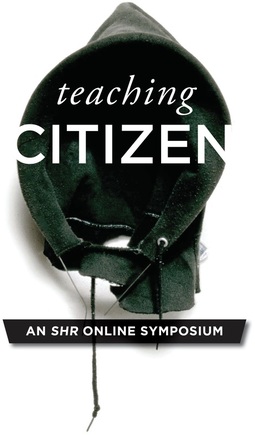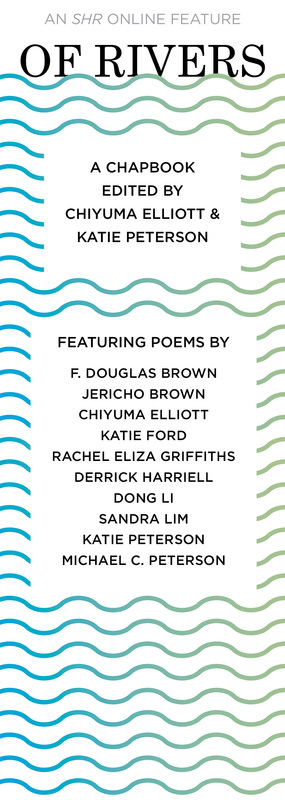|
Vertical Divider
This last summer, I taught my last class at City University Hong Kong’s low-residency MFA program; the program was terminated in the spring, but was allowed one more summer residency. The seminar I taught was called "Writing the Body." The class explored the body—physically and psychologically and physiologically. It was split up into numerous sections: Body and Sex, Body and Violence, Body and Sport, Body and Addiction, and Body and Race. When it came to Body and Race, I assigned Claudia Rankine’s newest book, Citizen: An American Lyric.
Citizen talks about what it means to be black in America. It is a book that talks about our history of racism, about complacency, about responsibility, about silence, about humanity. Citizen seeks to question, interrogate, confront. It's been published during a time of social and racial unrest in our country—Trayvon Martin, Michael Brown, Ferguson, Balitmore—a time when the country seemed to be on the edge, still on the edge, of another race war. Citizen is not an easy book. I had taught the book in my graduate seminar at University of South Florida, and to date, it was one of the most heated classroom discussions I’ve ever had. The class was mostly white, save for a couple of Latino/a Americans, and what I learned, what I should have known, was race in this country is always a fresh wound, and because of that, the rhetoric of race is one of offense and defense. When reading Rankine’s book, one confronts this issue of whether or not you are a racist. This is a hard recognition to negotiate. For anyone. It makes us see the scary, silent side of ourselves, a side that this book wants to draw out. It was like this for my students, who were not so much defending racism, but rather defending themselves from racism, as if racism were an uncontrollable monster, which, in many ways, it is. I wanted to see if this would be true in an international classroom, so I taught Citizen again, prepared this time for what might happen. Three students were assigned to lead discussion—an seventy-year old Chinese woman and a young and hip surfing Filipina and a former British lawyer now full-time mother. What blossomed that afternoon, as the Hong Kong rain pelted the classroom window, was a discussion of race absent of color. What blossomed that afternoon was this discussion of race and racism beyond the perimeters of America—the aboriginal conflicts in Australia, post-apartheid South Africa, the mistreatment of Filipino servants among the elite of Hong Kong, the struggles of Chinese immigrants in Canada. And students got angry. And students cried. And students became aware of themselves on a deeper level. What Rankine’s book opened up for them was the idea of global racism. Racism is an international problem, not an American one. And because the class was comprised of students of different ethnicities, who shared different stories, who have experienced different forms of discriminations, we were able to go beyond blame and fault. I believe teachers wish for moments like this, when the class becomes its own kind of learning, when we feel like we are in it together, not just as students, not just as teachers, but as citizens of this earth. |
|
CURRENT ISSUE
|
CONTACT
|
DEPARTMENT OF ENGLISH
|



